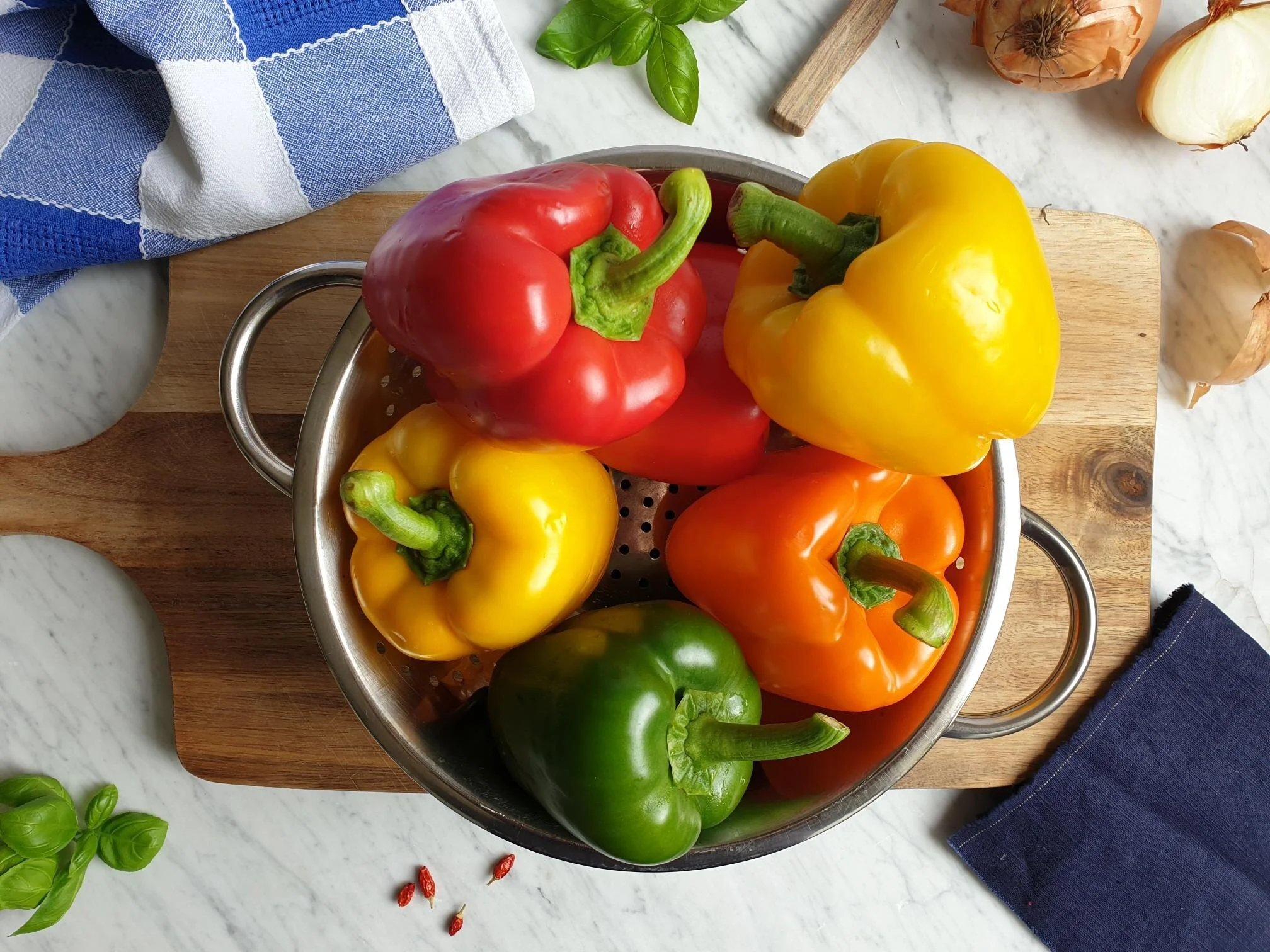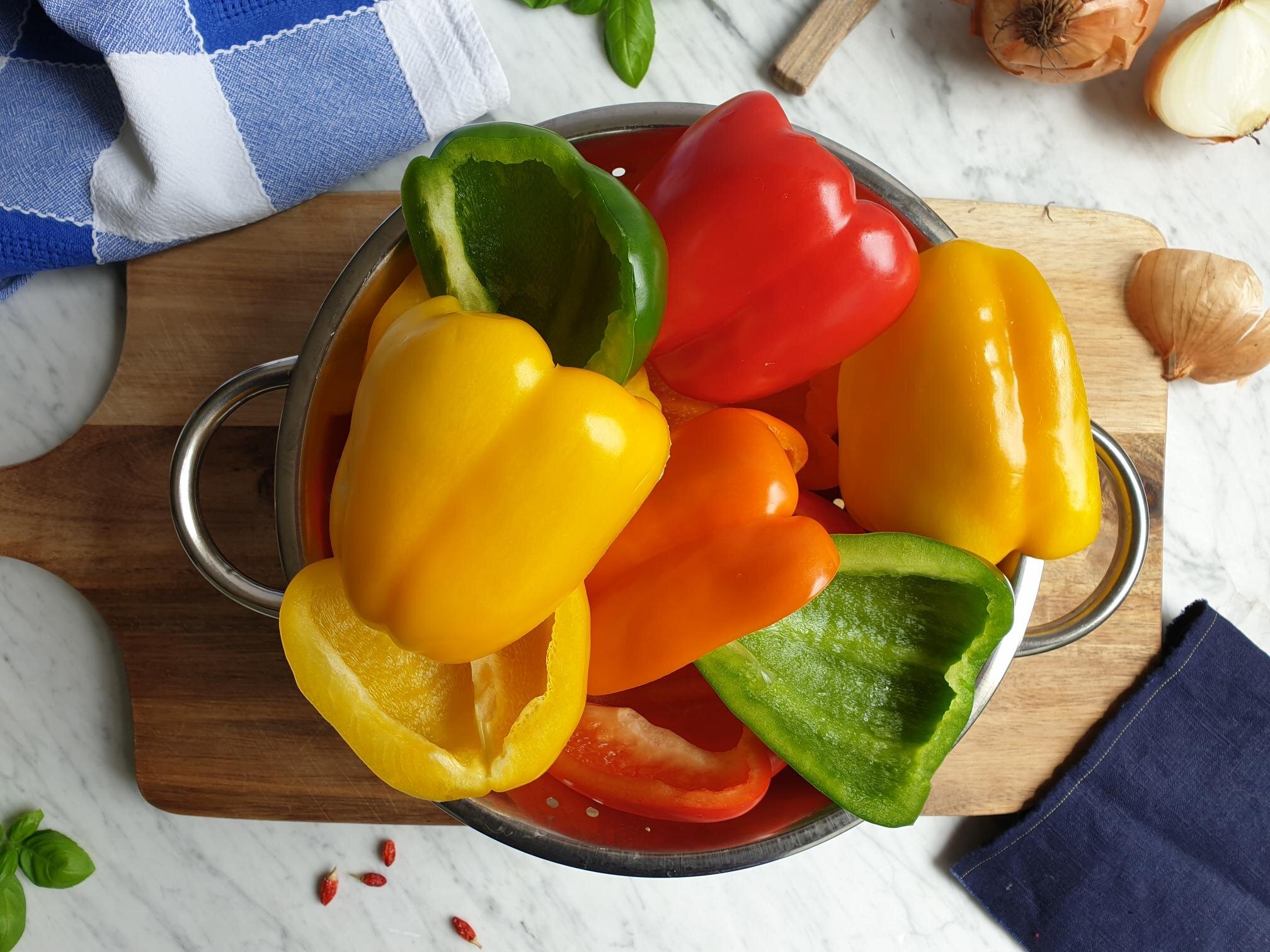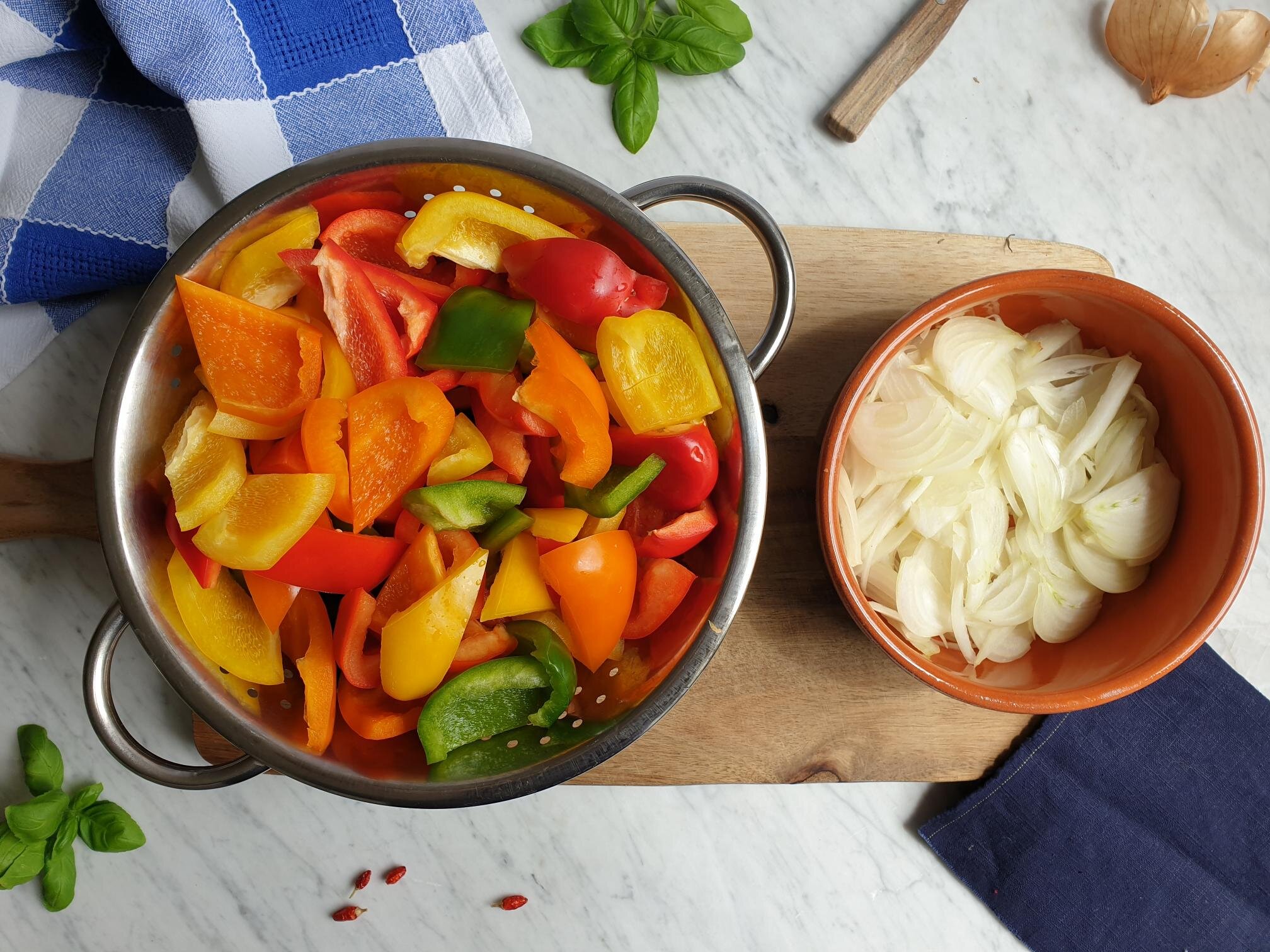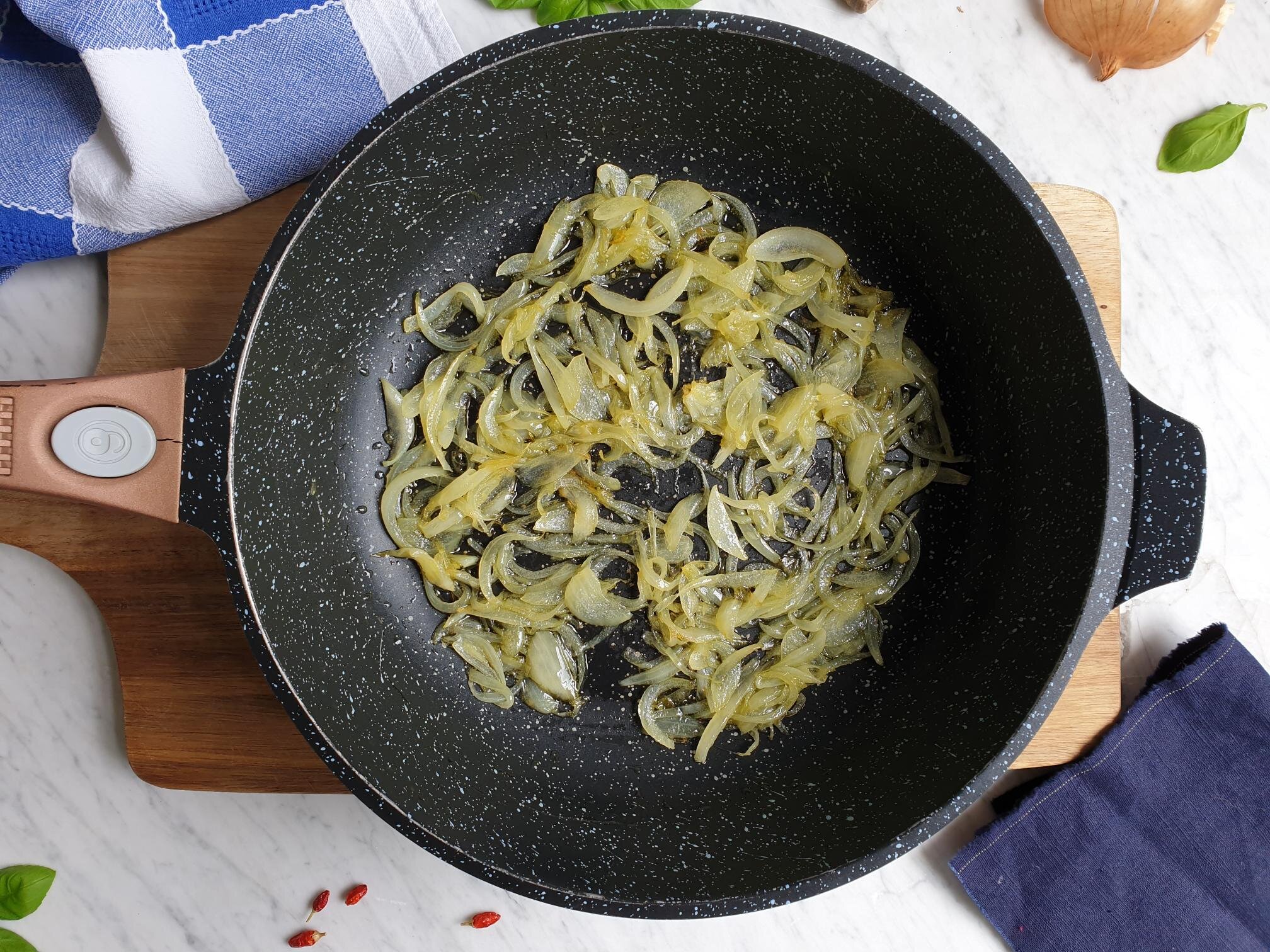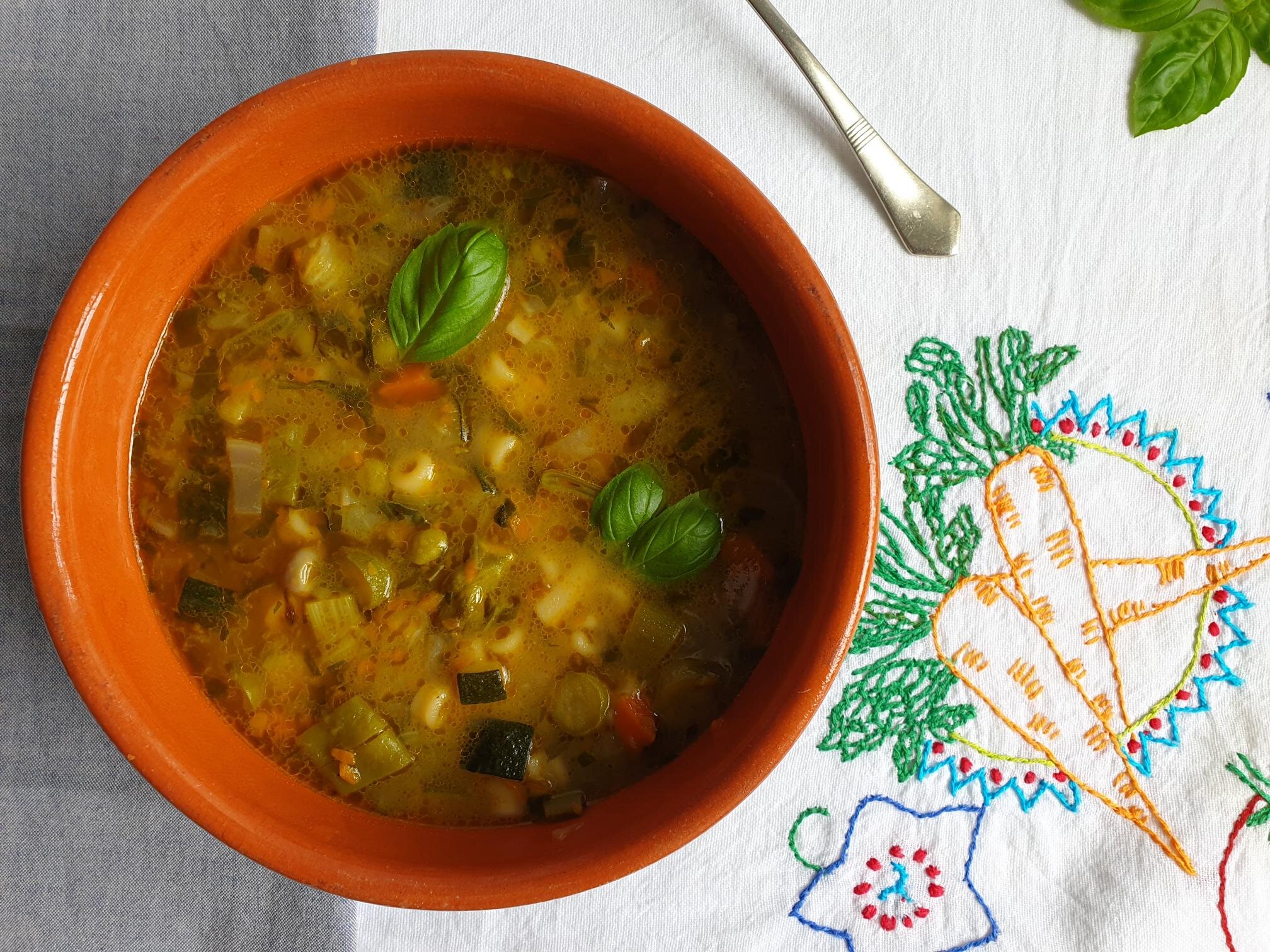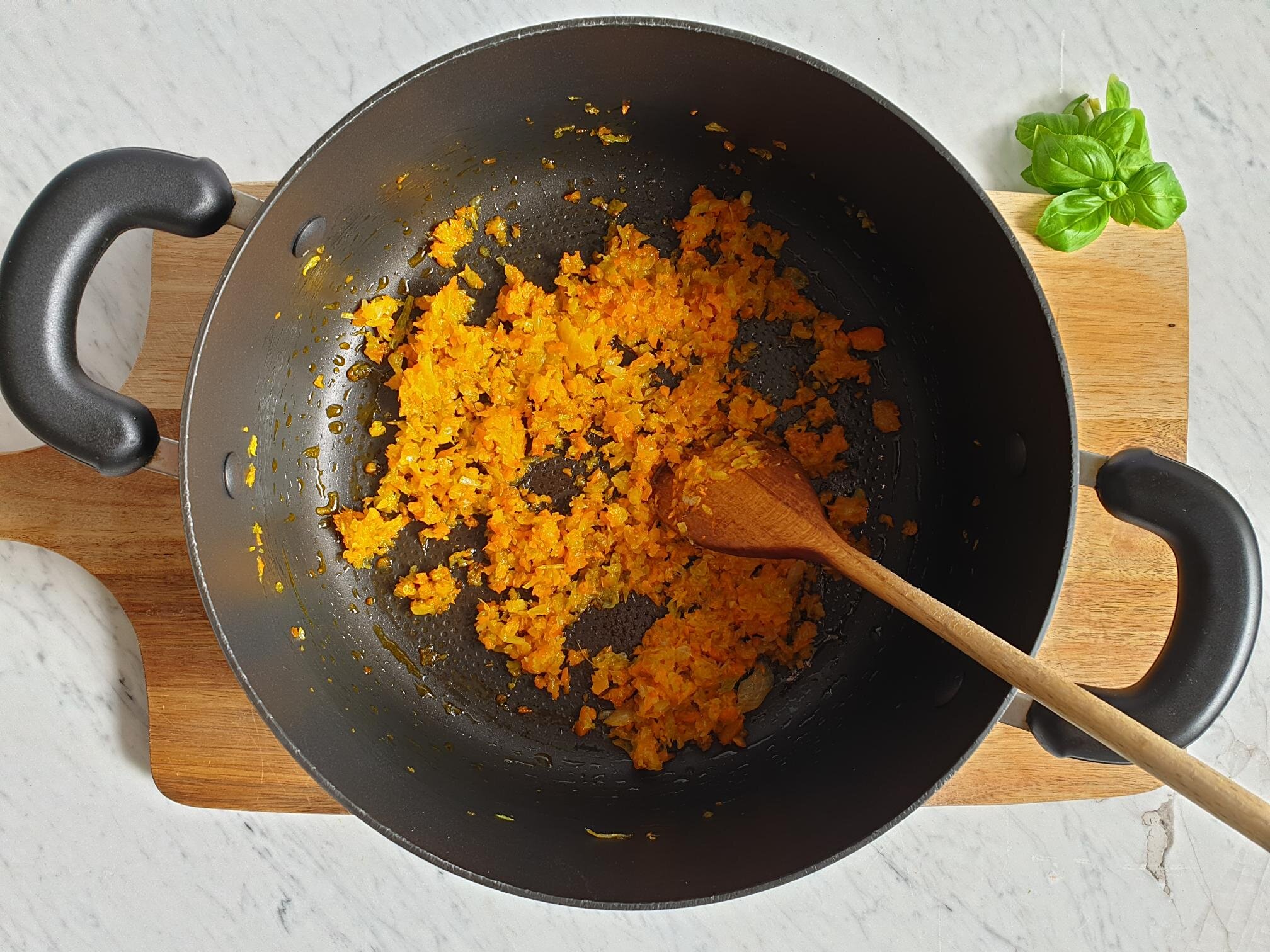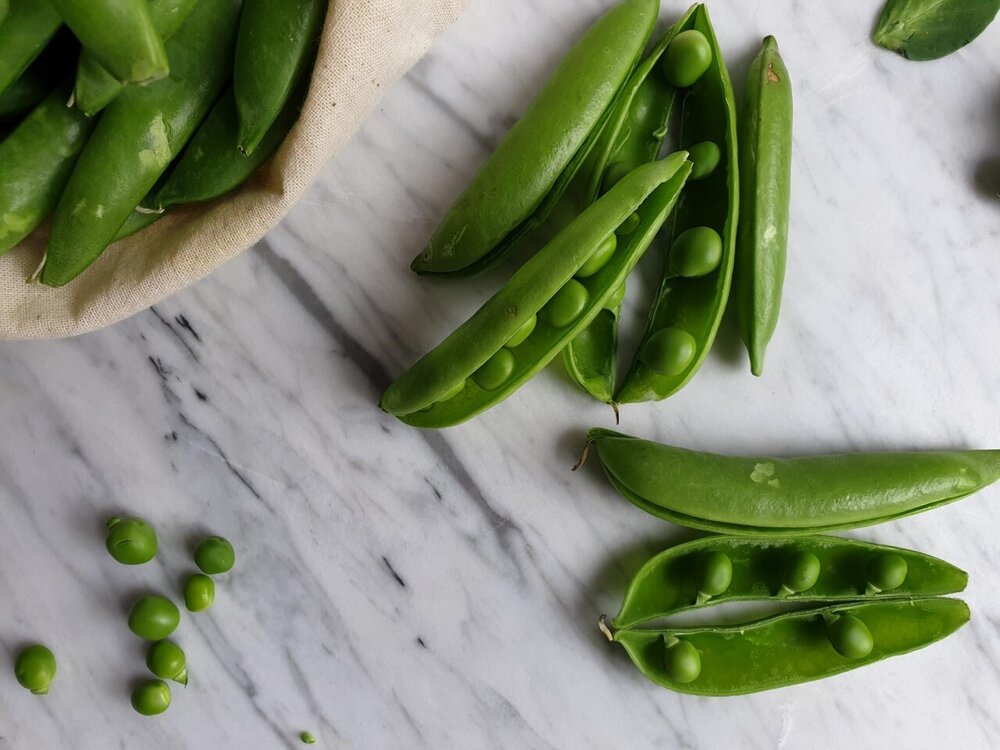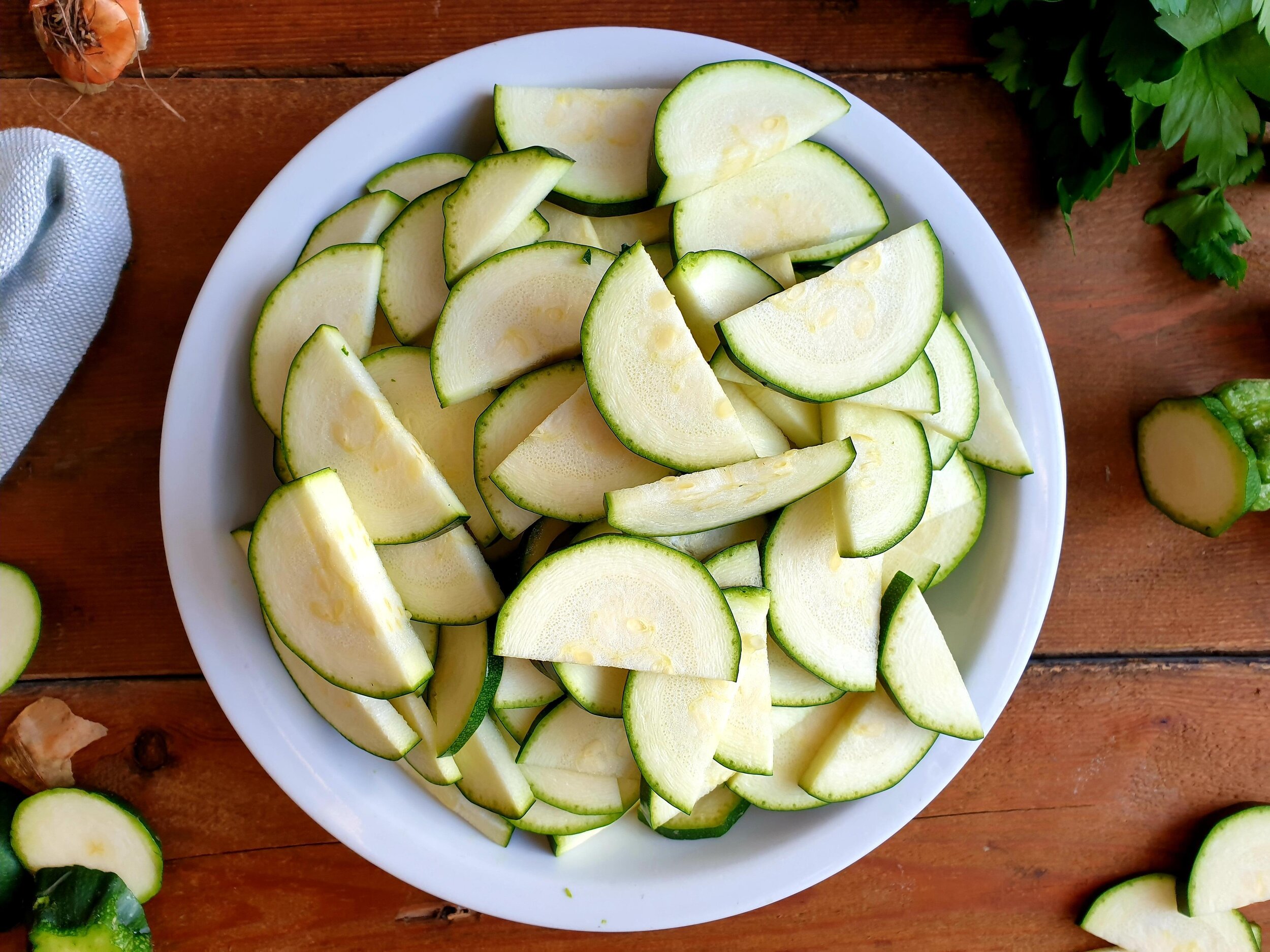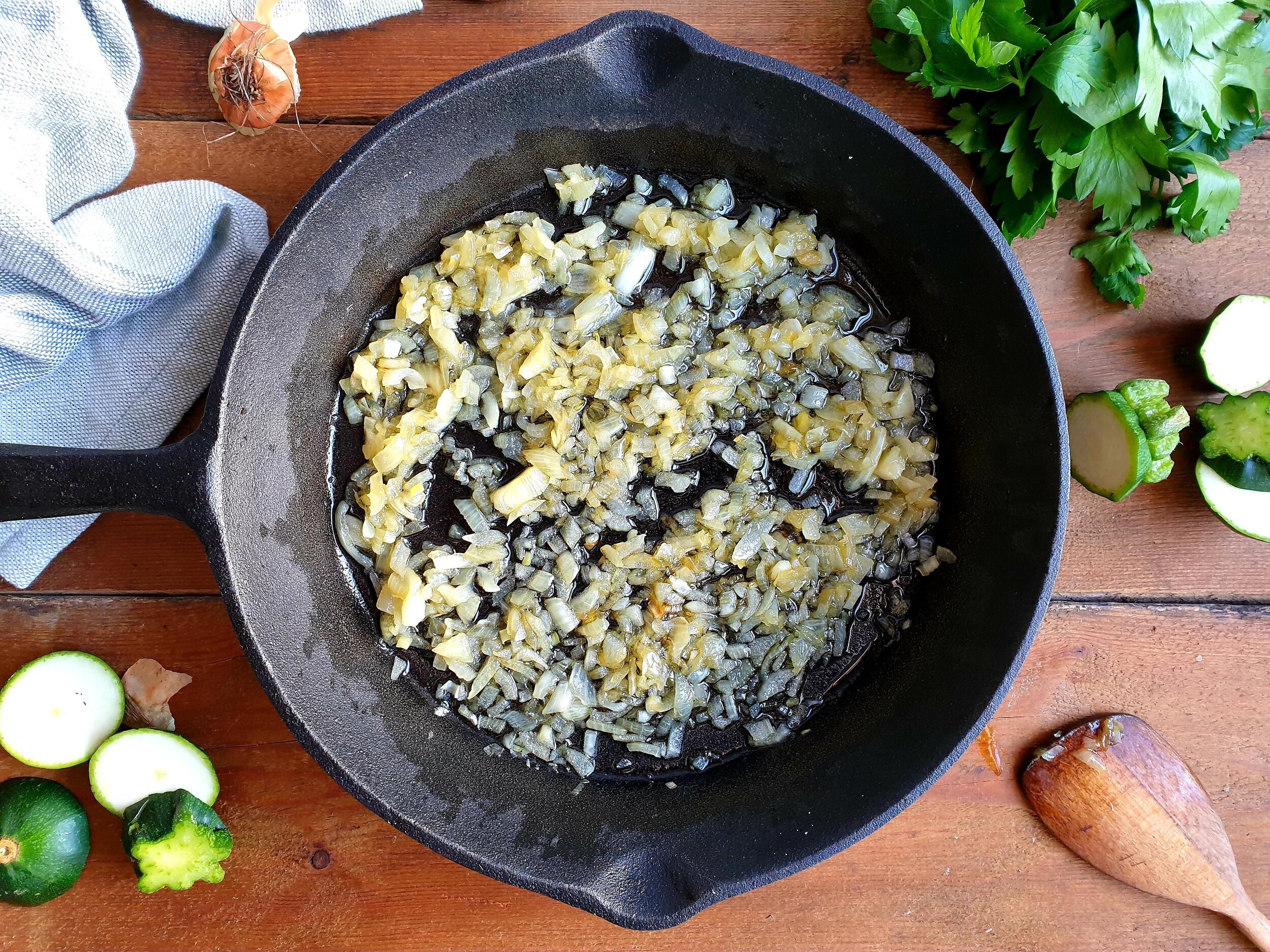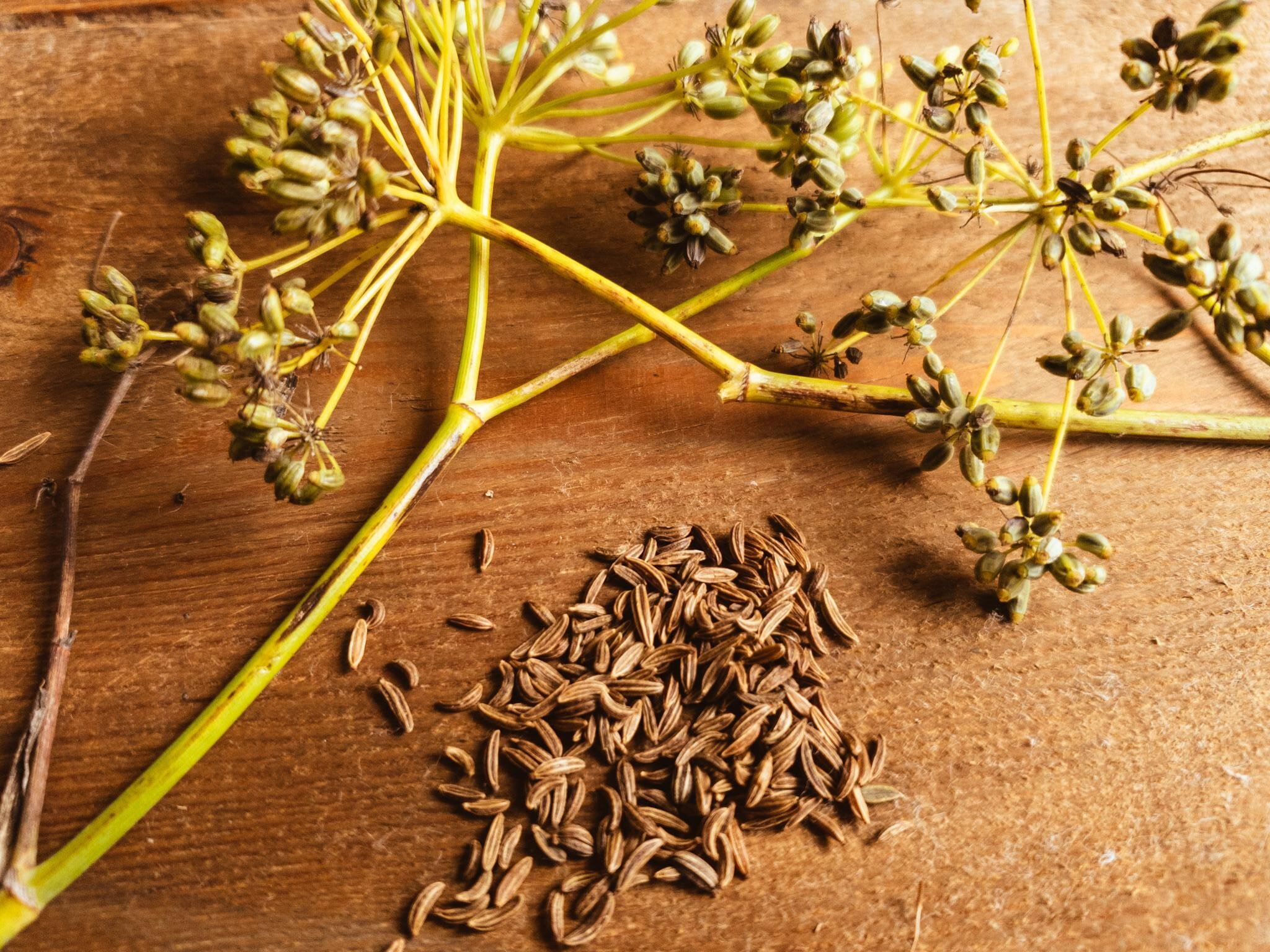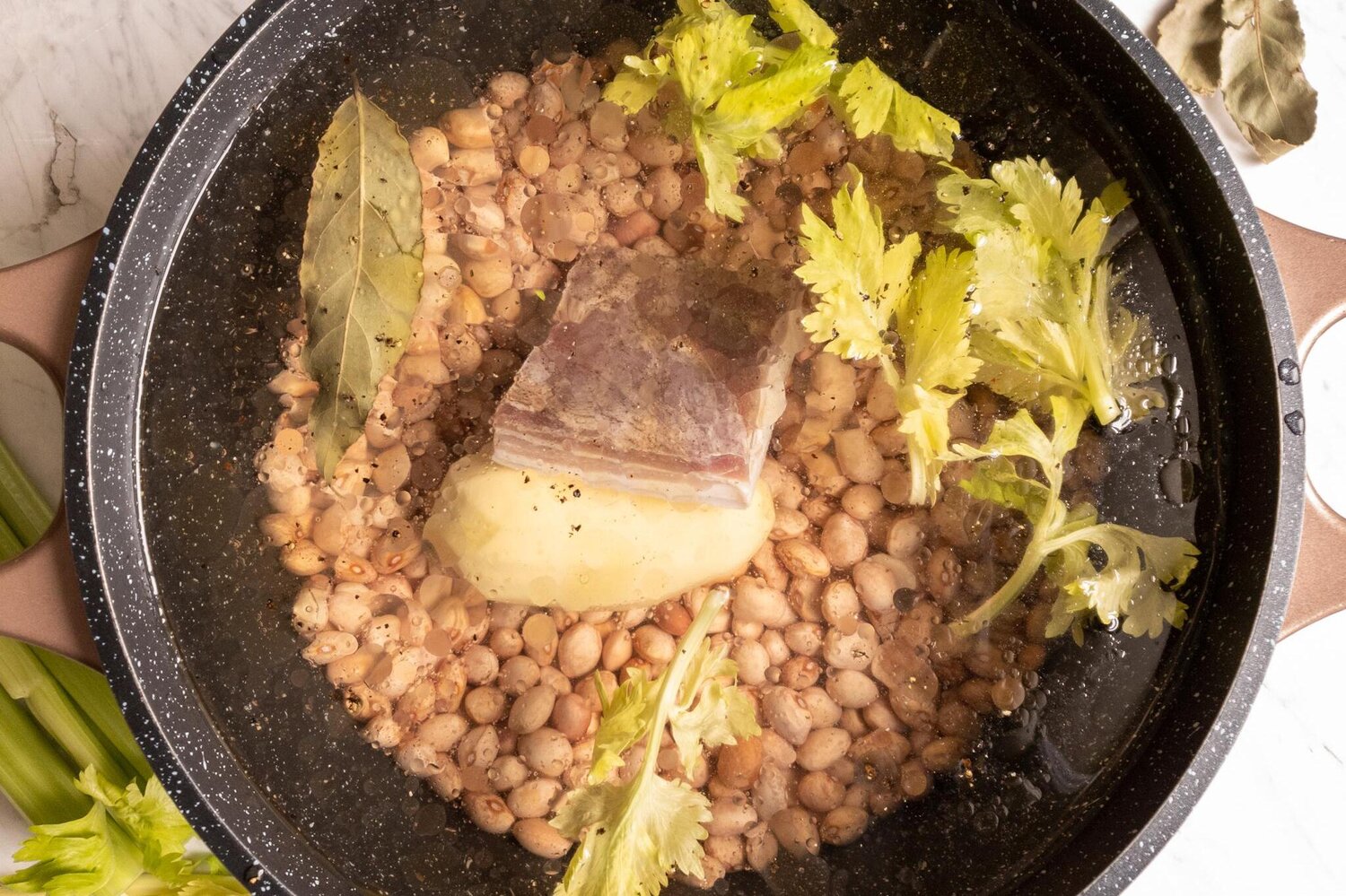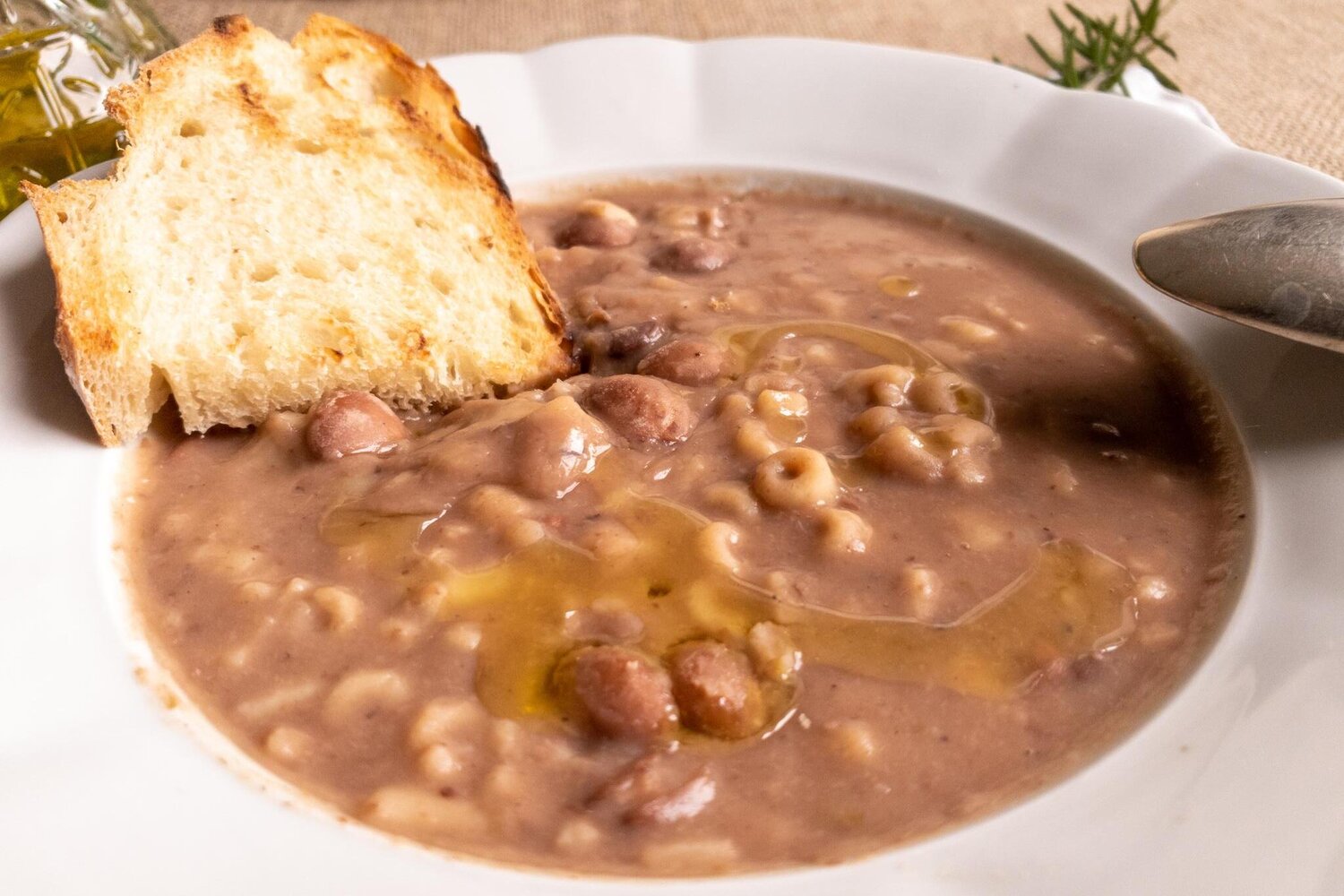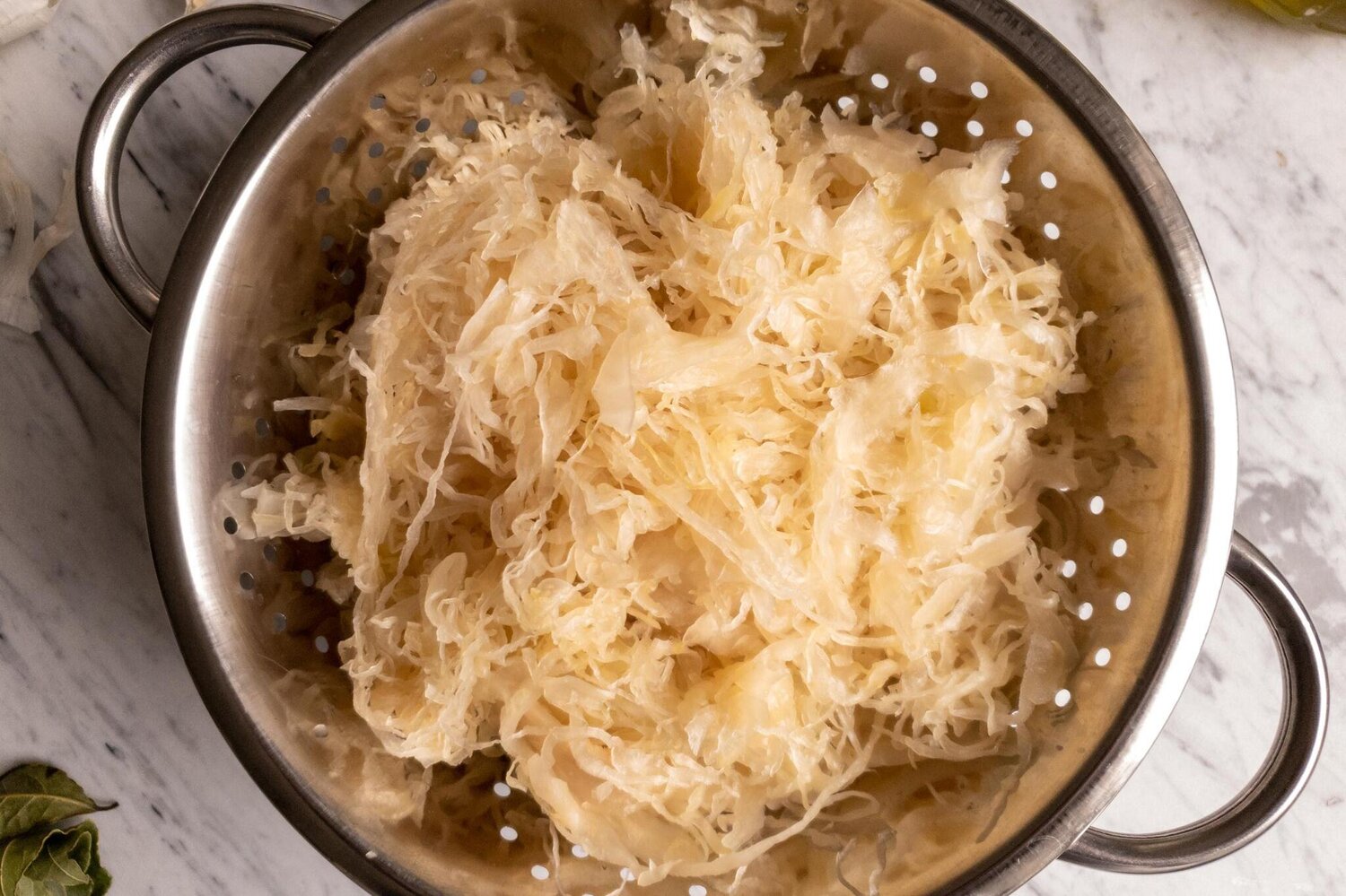Sautéed Bell Peppers with Onions and fresh Basil Recipe
This recipe is very easy, very tasty, you only need a few fresh ingredients and you have a perfect summer side dish to accompany meat or fish.
Peppers cooked this way are also fantastic served on bruschetta, can also be used as a sauce for pasta dishes, great base for risotto, or simply enjoyed on its own with a fresh crunchy bread. I also love using sautèed peppers as a topping on a pizza.
This dish can really be summed up as a simplicity at its best.
I simply adore peppers, I love them raw in salads, cooked, sautèed, grilled...
I have very vivid memories as a child going with my mother to the farmers market and seeing the vegetable and fruit stalls full of colourful peppers, it just looked so beautiful...
After buying the peppers, I would pick one and my mother would wash it under cold water in one of the Venetian looking fountains in the market, and I would just munch it raw during the trip back home.
As soon as the peppers were available fresh to buy at end of spring and during the summer, when they are in abundance, my mother would make this dish very often and here I am very happy to share it with you..
Ingredients
Serves 4
6 mixed colour bell peppers, about 1kg (I used yellow, orange, green and red, you can use just one variety or a mixture of your preference)
1-2 onions, about 200g (peeled and thinly sliced)
fresh basil, few leaves
sea salt
4 Tbsp extra virgin olive oil
chili, optional
Method
Wash and dry the peppers, cut them in half, remove the seeds and the white filaments.
Cut the peppers into smaller pieces.
Peel the onions and slice thinly.
Add the oil into a fairly large non stick pan.
Heat the oil and add the onions and a pinch of salt
Stew the onions over medium-low heat, for about 15 minutes, stirring occasionally, until the onions become soft and translucent.
Add the peppers, mix them well with the onions, add sea salt, fresh basil leaves and chilli if using.
Cover with the lid and cook the peppers on a medium-low heat anything between 30-50minutes, stirring occasionally.
The peppers, after this time, should be completely soft and all the water should be completely absorbed.
If the peppers are completely cooked but still quite watery, take the lid off and cook further for few minutes until all the water is completely absorbed.
Add few more fresh basil leaves and your peppers are ready to be enjoyed hot, warm, at room temperature or cold.
Just a thought
Peppers cooked this way can be stored for about 2-3 days in the fridge in an airtight container.
Freezing this dish is not recommended.
You can add crashed garlic (1 or 2 cloves) if you wish and replace fresh basil for fresh flat leaf parsley or use both.
Wine suggestion
Friuli Colli Orientali Sauvignon DOC 2019 by Valentino Butussi, Colli Orientali, Friuli


